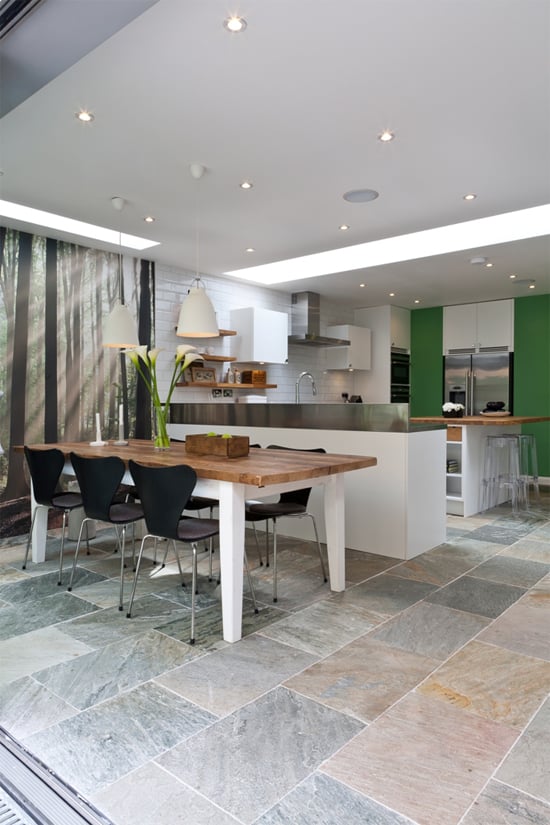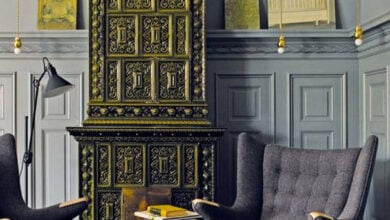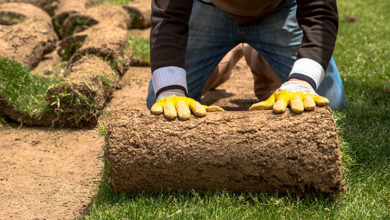Time was when your kitchen’s lighting would have consisted of a fluoro strip overhead and maybe a few halogen bars under the cupboards if you were lucky, giving most food an eerie yellow tinge. Fine for sweetcorn-based diets but not much else. Thankfully, things have moved on a bit and now the lighting you choose for your design can be considered almost as important as the kitchen’s doors or worktops, both in terms of practicality and good looks. The best lighting schemes not only make it easier to see what you’re doing while you prepare food and cook, they also help you to find what you’re looking for inside cabinets, add layers of atmosphere and highlight beautiful details. What’s not to love?
It’s what inside that counts
How many times have you rummaged around at the back of a cupboard or drawer, trying to find the one pan or lid that might not be there? Good internal storage is key but so is an effective light source. The latest pull-outs come with optional LEDs that switch on as you open the drawer, so you can see what’s inside at a glance. Then simply close to turn them off.

Image Source: Nolte Kitchens
Brighten up your cooking with LED strips
The other practical place to put kitchen lighting is in a position where it shines on your worktops – and here’s where LED strips below shelving and undercabinet solutions come into their own. It’s easy to think of this kind of lighting as extra but it’s actually essential – relying on ceiling spotlights may mean you end up trying to prepare food in your own shadow.

Image Source: Stuart Frazer
If you have a space without any shelving or cabinets, a glass splashback with lights behind it is also a good option. They can be used to highlight the glass itself to create a decorative feature too, drawing attention to it if it’s crackled, multi-coloured or a bespoke design.

Image Source: Stewart Carr design Ltd
Get creative with your kitchen lighting
The source of your lighting can be a design feature in its own right. Wall lights around a dining area add impact, as does a striking extractor above a hob (also a source of useful task lighting). Pendants over a breakfast bar are another favourite – just remember to hang them in odd numbers so that there’s always a central focal point.
So far, so artificial. What about natural light? Large windows, if you have them, are fantastic for letting daylight flood in but even if that’s not an option, there are other design tricks which you can try. Mirrored glass (splashbacks, island cladding or simply a wall-hung mirror) facing windows will double up your natural light quota as will reflective glossy surfaces. Plus, if your kitchen is in a purpose-built extension, you have the option of sun tunnels, skylights and glass roofs to let the light in above your design.

Image Source: Sola Kitchens
Highlight your kitchen design
Much like the Mona Lisa in a dark room, a poorly lit kitchen can be as beautiful as you like but it doesn’t really matter if no one can see it. Think about adding light in a variety of places besides where you need it. Along cornicing or plinths is one route, the latter not only drawing the eye to a sleek kickplate but also creating the impression that the furniture above is floating. It’ll also reflect onto the floor, perfect if you’ve chosen a beautifully veined stone or a tile with a little extra sparkle.
At Rated People you can find recommended kitchen specialists, electricians and window fitters to help you maximise your kitchen lighting. Get quotes for your project from local tradespeople by simply posting your job for free.



